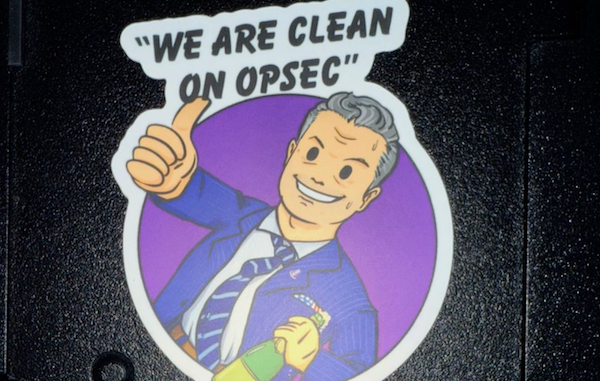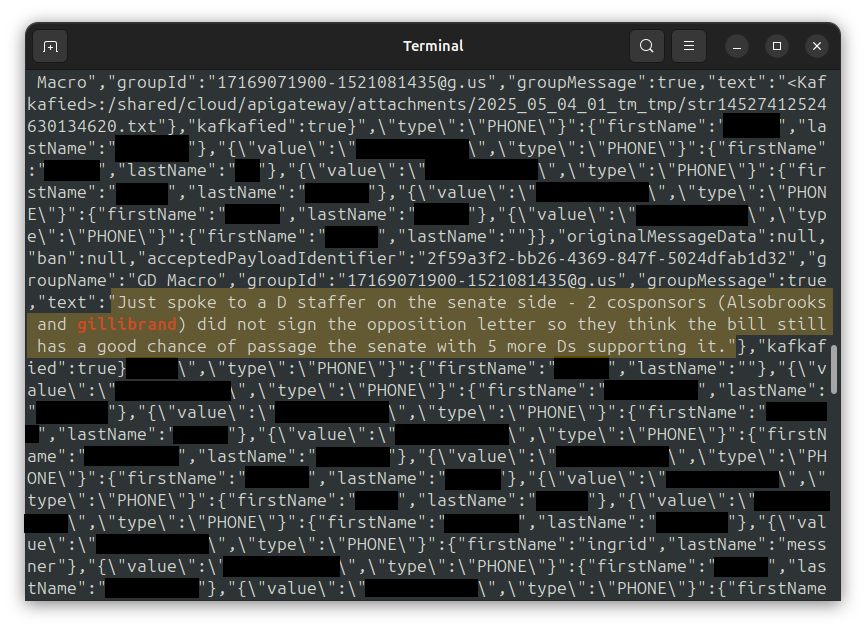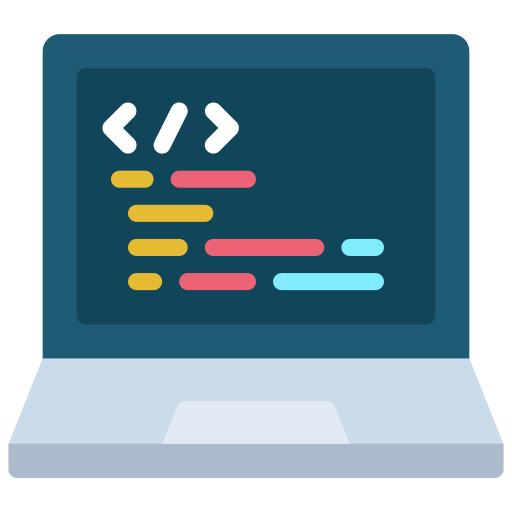


TeleMessage Explorer: a new open source research tool

TeleMessage customers include DC Police, Andreessen Horowitz, JP Morgan, and hundreds more

DDoSecrets publishes 410 GB of heap dumps, hacked from TeleMessage's archive server

How the knock-off Signal app used by Trump officials got hacked in 20 minutes


